-
Featured
Hosted by:
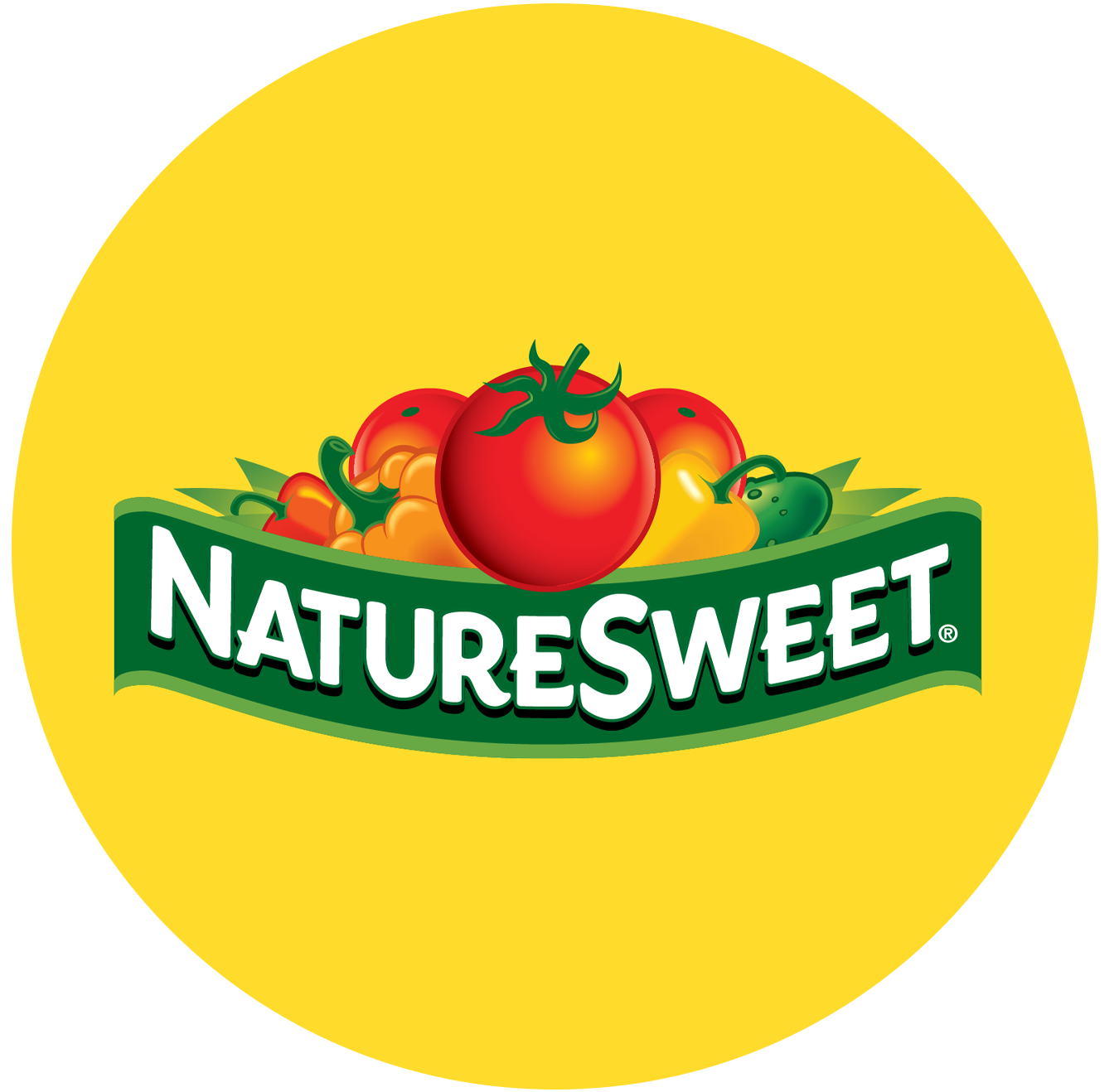
In today’s agricultural marketplace, companies face growing pressure to meet financial goals while also prioritizing environmental sustainability, fair labor practices, and community impact. Many believe these priorities are in conflict — but forward-thinking businesses are proving that profitability and responsibility can go hand in hand.
This session will explore the business case for integrating sustainability and ethics into core strategy, demonstrating how operational improvements can reduce costs while minimizing environmental impact. We highlight how transparency and purpose-driven branding can unlock new markets and deepen customer loyalty, with real-world insights from companies like NatureSweet, that have successfully balanced profit and purpose. As the agricultural sector faces evolving regulations and rising consumer demand for transparency, the organizations that thrive will be those that innovate in both profitability and responsibility. Attendees will leave with inspiration and actionable ideas to bring back to their own businesses.
-
Hosted by:

The Women in Agriculture Breakfast at World Agri-Tech was born out of a real need: to elevate female leadership in the sector.
Open to all female delegates, this gathering will foster meaningful connections and celebrate women who are driving positive change in agriculture, whether as investors, corporate leaders, or entrepreneurs.
-
-
- Which areas of Mexico and Central America’s AgTech sector are attracting the most investor interest in terms of growth potential and return on investment? What specific qualities or criteria are investors prioritizing when evaluating new AgTech opportunities?
- In light of the current global investment slowdown, what is the outlook for the region’s AgTech ecosystem over the next year? What key obstacles exist in securing funding, and how can investors mitigate risks when backing early-stage startups?
- What role do universities and research institutions play in the development of new AgTech projects, and how can they collaborate with VC funds and corporates to grow the development of Mexico and Central America’s AgTech ecosystem?
- How can AgTech companies scale and develop their products for markets outside of Mexico? What examples exist of AgTech companies successfully expanding into new countries, and what lessons can be learnt from these expansions?
Chairperson -
- Considering Mexico’s desire to conserve and protect native species of maize, and a general cautiousness around biotechnology in crops, how are the country’s plant breeders working to create crops with greater climate, disease and pest resiliency, as well as greater yields?
- What techniques are researchers using to increase the nutrient use efficiency of crops? What impact could this have on farmer’s overheads, and the environmental footprint of crop production?
- Given Mexico’s push for food self-sufficiency, is there a need for stronger legislative support to advance R&D in seed improvement and promote broader adoption of enhanced seed varieties?
- In high-value produce, which genetic characteristics are growers and sellers most keen to develop and grow? In terms of consumer preferences, which attributes are most attractive for fresh produce?
Speakers -
- With T-MEC rules of origin exempting qualifying products from the US tariffs, full traceability of agricultural products is now critical. How are supply chain stakeholders collaborating to ensure end-to-end traceability? What preparations are being made for potential changes under T-MEC renegotiations?
- How do technologies, such as satellite monitoring, blockchain, and geospatial analysis improve transparency and efficiency across the agricultural supply chain, and how does this support better access to financing for farmers?
- As Mexican fresh produce exporters seek entry into new markets, what cost-effective strategies can companies use to meet global traceability standards? What role can digital traceability and compliance platforms play in accessing premium global buyers?
- With increasing regulatory demands such as deforestation-free sourcing, regenerative certification and child labor verification, how can producers access the full suite of technologies necessary to comply, and should there be a unified system to facilitate this?
-
New
Hosted by:

-
Elevate your knowledge and engage in meaningful conversations with industry experts. Join focused, interactive discussion groups to deep dive into industry-critical topics most relevant to you and your business. Each roundtable discussion group is hosted by an expert on a specific theme offering you a valuable opportunity.
Decarbonization Innovation: Cost-effective and Traceable Strategies for Climate-Smart Farming
Almendra Ortiz-Tirado, Managing Director LATAM, SISTEMA.BIODigitalización de pequeños productores: Estrategias para la tecnificación
Jesús Martínez, Head of Technology, APEAMNature-based Inputs: Satisfying Consumer Demand for Chemical Free-Food
Stuart Williams, CEO, ENLIGHTENEED SOIL CORP5 Harvests towards 2030: Accelerating Available Solutions to meet SDGs
Cecilia Valdes Canales, Head of Innovation & Sustainability, Mexico & CAC, YARAPrecision Irrigation: Improving Water Usage through Technological Innovation
Julio López, Digital Farming Solutions Manager NORLA, BAYERFundraising Challenges: Strategies to Maximise Start-Up Investment Potential
Anna Raptis, Founder, AMPLIFICA CAPITALFrom Hype to Hectares: Biologicals in Mexican Agriculture
Mili Romano, Co-Founder & CEO, VEXXELMore hosts & topics to be announced! Speakers -
- With coffee production in Mexico declining due to drought, how are cooperatives, NGOs, and input providers helping smallholder farmers adopt climate-smart practices and new technologies? What other challenges, such as limited access to finance, are hindering sustainability efforts?
- How pressing is the issue of labor shortages in Mexican coffee production? What technology is being developed to tackle this problem? How will smallholder farmers have access to these innovations?
- To what extent are regenerative and agroforestry practices being implemented in Mexican coffee production, and what results are growers who are practicing these systems seeing?
- What technologies are coffee producers implementing to allow them to sell coffee with certain certifications? How great is the value of these certifications for the consumer, and are the traders facilitating growers’ access to these innovations?
- How are coffee brands and commodity traders adapting their strategies to target the specialty coffee market, and in what ways are they collaborating with producers to reshape their production models to access premium segments?
Chairperson -
- How are manufacturers of automation technologies, such as drone sprayers and remote harvesters, adapting their products to the realities of Mexican agriculture, to reduce the country’s reliance on human labor in farming?
- How are farms using high-tech tools like sensors and satellite data to optimize resource management and enhance crop yields? How viable is precision agriculture for smallholders, and what’s needed to expand access?
- What are the challenges and considerations in adopting these robotics and automation technologies for the fresh produce sector?
- What role do government policies, incentives, and public-private partnerships play in supporting the adoption of automation technologies in Mexican agriculture? How can these stakeholders collaborate to accelerate the transition towards automated harvesting and processing methods?
-
New
-
- What programs and incentives exist to support smallholder farmers to adopt new technology that improves the productivity and environmental sustainability of their farms? How successful have these programs been, and how can private providers include their technology in these schemes?
- How are new AgTech platforms democratizing market access for smallholder farmers, and how important is this in increasing farm profitability? What fintech and digital credit solutions are proving most scalable for rural Mexico and Central America?
- What technologies are agri-fintech platforms using to safely lend credit to producers? How can AI combine datalike weather trends, satellite imagery, transaction history, and farm conditions to improve credit decisions?
- What is the role of international development banks in funding long-term programs that improve smallholder operations, such as irrigation infrastructure? How should they collaborate with traditional financial institutions and fintech platforms to work towards creating a more productive and equal agricultural sector in Mexico?
Chairperson -
- How are Mexican agricultural exporters responding to uncertainty in existing export markets and addressing logistical challenges in accessing new ones? How are export-focused growers future-proofing operations to enhance efficiency and manage risk, and what geopolitical and local factors are shaping their strategies?
- What policies are being implemented to reduce Mexico’s reliance on the USA as its primary export partner for agricultural produce? What innovations in shelf-life extension are required to unlock more distant markets, and which destinations show the most promise for Mexican high-value agri-food products?
- What steps is Mexico taking to ensure food security? What initiatives are in place to increase domestic input production and domestic food production?
- How do we ensure the continuation of investment in agri-food innovation and technology during this period of disruption?
Speakers -
New
-
- How developed is Mexico and Central America’s natural capital market? What opportunities are there for investors to use their funds to finance a transition towards more sustainable food production systems?
- How are carbon markets and ecosystem service payments changing incentives for climate-smart agriculture? To what extent are Mexican producers taking advantage of carbon and biodiversity credits, and what more must be done to facilitate their access to these additional income streams?
- How advanced is Mexico’s carbon tax framework? Which states have been pioneering these regulations, and what lessons can Mexico learn from countries that have implemented regulations nationally?
- How can nature-based climate bonds and blended finance mechanisms be structured to attract large-scale investment, and how can financial returns be linked to independently verified sustainability outcomes? What role do satellite data and AI play in monitoring ecosystem outcomes?
-
SP Ventures and their partners discuss their collaboration strategy and how they are working with innovators and growers to commercialize new technologies.
-
This session showcases local and international start-ups who have innovative solutions to core challenges faced by the country’s agricultural sector. Companies will pitch their solutions to a panel of judges followed by a Q&A session to delve deeper into their products, strategies, and vision for the future.
Chairperson -
- What technology integrations are driving the next leap in productivity for Mexican indoor and greenhouse systems? How are high-tech controlled environment producers optimizing natural resources, such as water use?
- Given the major labor shortages facing Mexican growers, what automation technologies are CEA producers using to reduce reliance on human labor, and what social programs are they implementing to maintain their workforce?
- Which new growing systems, such as hydroponics, are being trialed in CEA facilities, and how viable is the scalability of these systems? What impact can they have on the efficiency and sustainability of food production?
- With greater consumer focus on healthy eating and ’superfoods’, how are fresh produce growers collaborating with seed companies to produce fruit and veg with higher nutritional value? What other plant characteristics are growers keen to develop?
- How are technology providers collaborating with CEA growers to trial their innovations in Mexican greenhouses? What strategies have proven most effective in building these partnerships between indoor growers and tech providers?
-
New
-
Elevate your knowledge and engage in meaningful conversations with industry experts. Join focused, interactive discussion groups to deep dive into the industry-critical topics most relevant to you and your business. Each roundtable discussion group is hosted by an expert on a specific theme offering you a valuable opportunity for learning and connection.
Integración de la Cadena de Valor: Alianzas Público-Privadas para el Desarrollo Regional
José Cacho, CEO, GRUPO MINSAImplementing Regenerative Agriculture: The Challenges of Transforming Farming Practices
Mar Gutiérrez, Head of Sustainability and Social Responsibility, GRUPO TRIMEXAdvancing Smallholder Tech Inclusion: Lowering Access Barriers
Alan Elizondo, Director General, FIRAGlobal Roots: From Local Innovation to Worldwide Opportunity
Rodrigo Villar, Founding Partner, NEW VENTURESFinancing Mexican Agribusiness: Widening Access Across the Full Supply Chain
Fernando Monaro, Head of Risk Management for Mesoamerica and Andean, SYNGENTAResilience to Differentiation: Which Ag Tech Innovations Will Move the Needle by 2030?
Zak Laffite, President, WONDERFUL CITRUSInnovative Finance: Enabling the Transition to Sustainable Agriculture
Ana Cristina Tovalin, Sustainability Manager-Strategy & Deployment, NESTLÉMore hosts & topics to be announced! Speakers -
- Given the uncertainties of trading with the US, what innovations or advancements are needed to enable Mexican fresh produce growers to reliably access more distant export markets?
- Apart from shelf-life extension, what other challenges do Mexican exporters face when finding and securing new export partners? What new legislation or policy changes could help facilitate access to new international markets?
- What advancements in cold chain logistics are needed to expand access to distant markets? How are smart sensors, IoT, and traceability technologies helping businesses monitor and maintain produce quality? How are data analytics and AI improving supply chain efficiency, forecasting, and reducing food loss and waste?
- To what extent are biotechnologies being implemented to increase the shelf-life of fresh produce, and what are the practical or regulatory limitations of these technologies?
Chairperson -
New
-
- What lessons can Mexico learn from Brazil in creating a regulatory framework to ease the approval of new biological inputs? What challenges do bioinput producers currently face when building a go-to-market strategy for Mexico, and how could new legislation alleviate these pressures?
- What government programs exist to help finance the use of biological inputs in smallholder farms? What measures and initiatives are being taken to increase local production of sustainable inputs, to reduce reliance on imports?
- Which recent biological innovations offer the greatest commercial potential for Mexican agriculture? What emerging biological breakthroughs should companies prioritize for R&D investment and market development?
- How are food and beverage brands supporting producers in the transition to biological inputs as part of their own emissions reduction and sustainability strategies? What tangible results are growers seeing in terms of yield, soil health, and water efficiency at the farm level?
- What strategies are smaller bioinput companies using to increase field trials on Mexican farmland? How are they building partnerships with established agribusinesses to access distribution channels, overcome adoption barriers, and expand their reach?
Chairperson -
- With ongoing chronic droughts and increasing severity of extreme weather, what national, regional, or farm-level strategies are being implemented to improve water-use efficiency in food production?
- How are advanced monitoring technologies, such as soil moisture sensors, automated irrigation controls or satellite monitoring, being integrated into efficient irrigation systems? How are public-private partnerships supporting farmers to fund and implement these solutions, and what impact have they had on yields and water consumption?
- How is water quality being monitored and managed for irrigation use, particularly in regions facing salinization, contamination, or over-extraction? What role do regulations, incentives, or on-farm treatment technologies play in ensuring safe and sustainable use of water resources?
- What initiatives are water-intensive agribusinesses and food and beverage brands taking to reduce their water-footprints? How are these companies measuring and reporting on sustainability targets in the regions where they operate?
-
New
Hosted by:

-
- What measurable results have Mexican growers seen regarding improved soil health and water retention since adopting regenerative practices, and how have these affected yields and productivity?
- What technologies, such as remote sensing, in-field sensors, or satellite-based carbon measurement, are proving most effective in quantifying improvements in soil carbon, biodiversity, and water efficiency? For monoculture crops, such as agave, what soil health strategies are producers employing to reduce soil degradation?
- Which regenerative strategies, such as cover cropping, crop rotation, no-till, and crop-livestock-forest integration have proven to be most successful in Mexico? What strategies have the major agri-food businesses found most effective in helping their supply chain partners to identify and implement the best combination of approaches for their land?
- To what extent do the smaller farm sizes and fragmented landownership structures affect the adoption of regenerative practices? How are development agencies and banks working to overcome these challenges? With access to finance being such a huge challenge for Mexican producers, how can loans or financial instruments be structured to support the adoption of sustainable practices, without compromising short-term productivity?
-
- What scalable climate-resilient innovations are currently gaining traction in Mexico and Central America’s agri-food value chain? How are growers integrating these innovations into their operations, and how is this impacting yields?
- How are the government, private sector, and research institutions collaborating to provide producers with the technology necessary to transition to climate-smart practices? What are the financing models that support both innovation and adoption of sustainable agriculture at scale?
- Given current volatility on the price of inputs and imported food, and national agricultural production declining, what emphasis is Mexico placing on increasing food production for domestic consumption, and what steps are agri-food businesses taking to facilitate this shift?
- Which high-impact agricultural technologies should take priority to enhance the environmental sustainability of farming? How are companies aligning their R&D strategies with climate goals?
Chairperson -
Subscribe for Updates
Stay up-to-date with event news, opportunities, and announcements by subscribing to our mailing list.
)































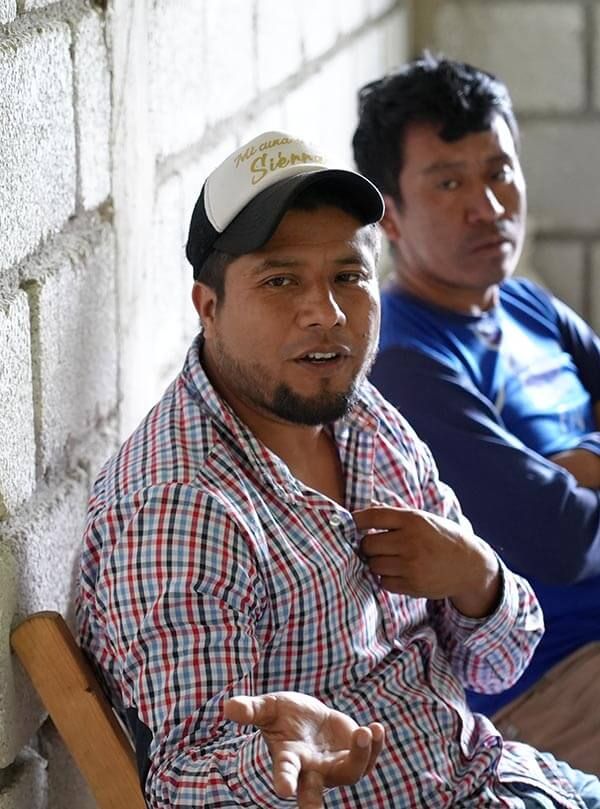




























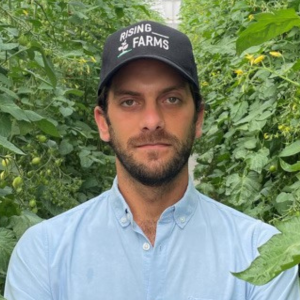











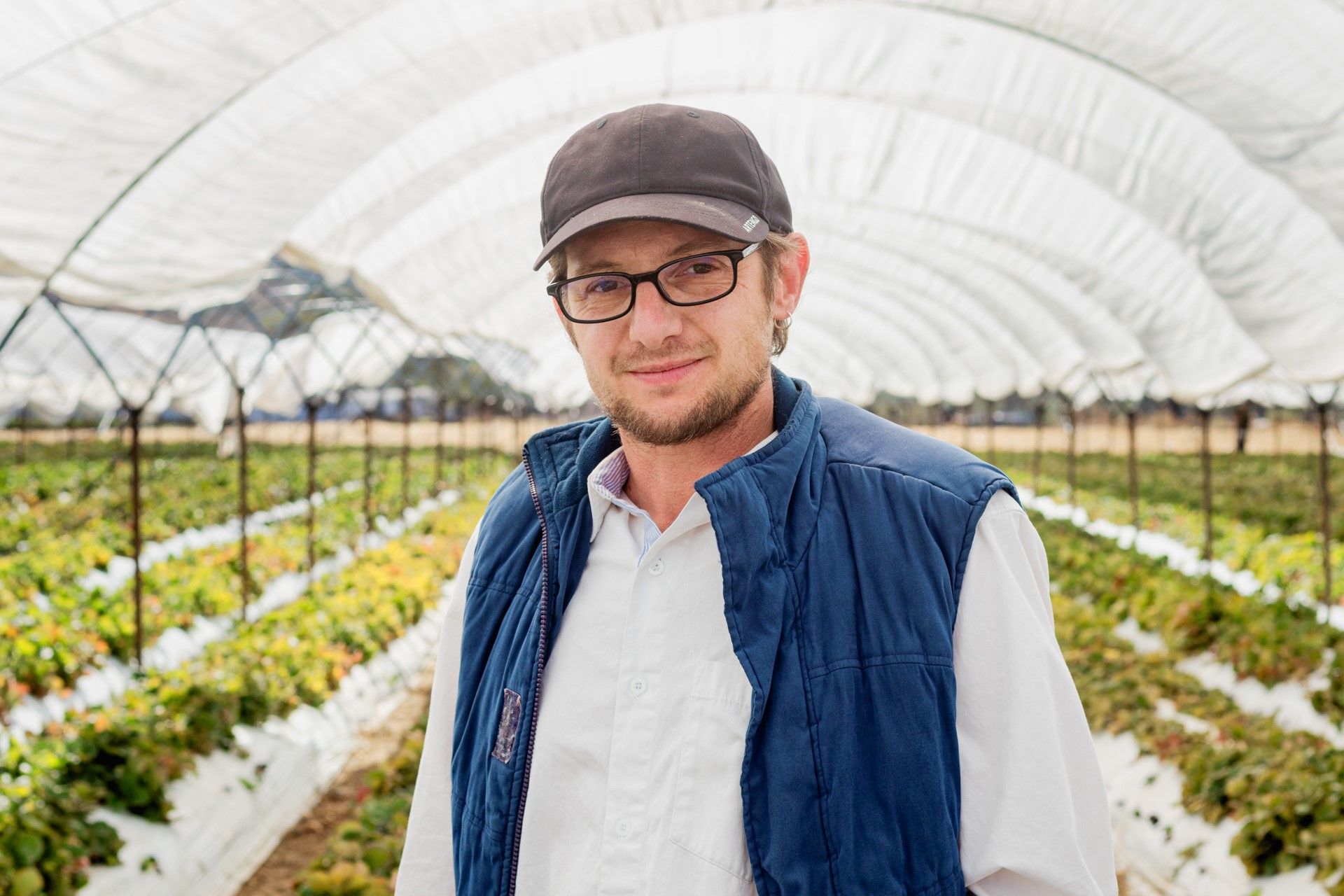










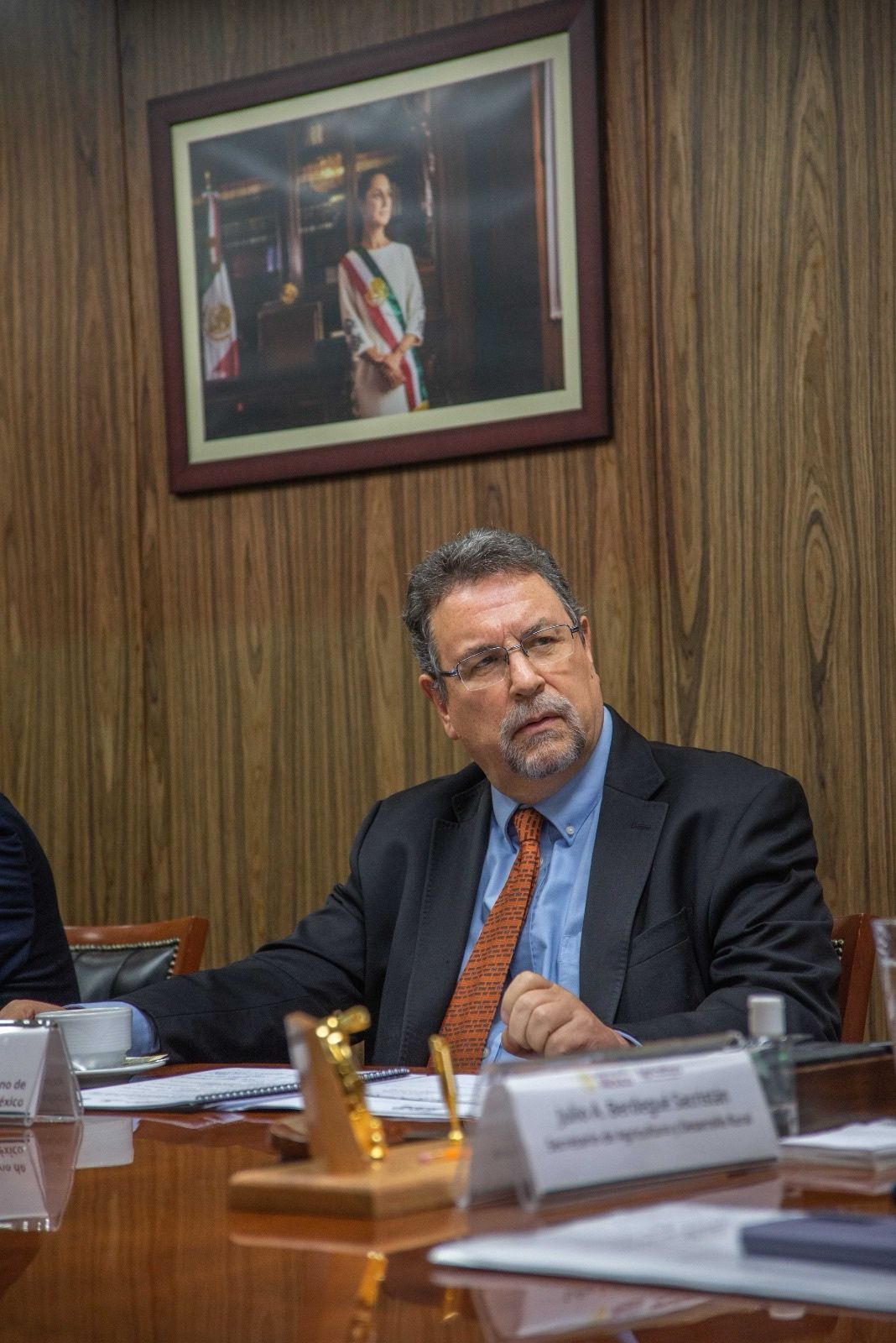




)
)
)
)
)
)
)
)
)
)